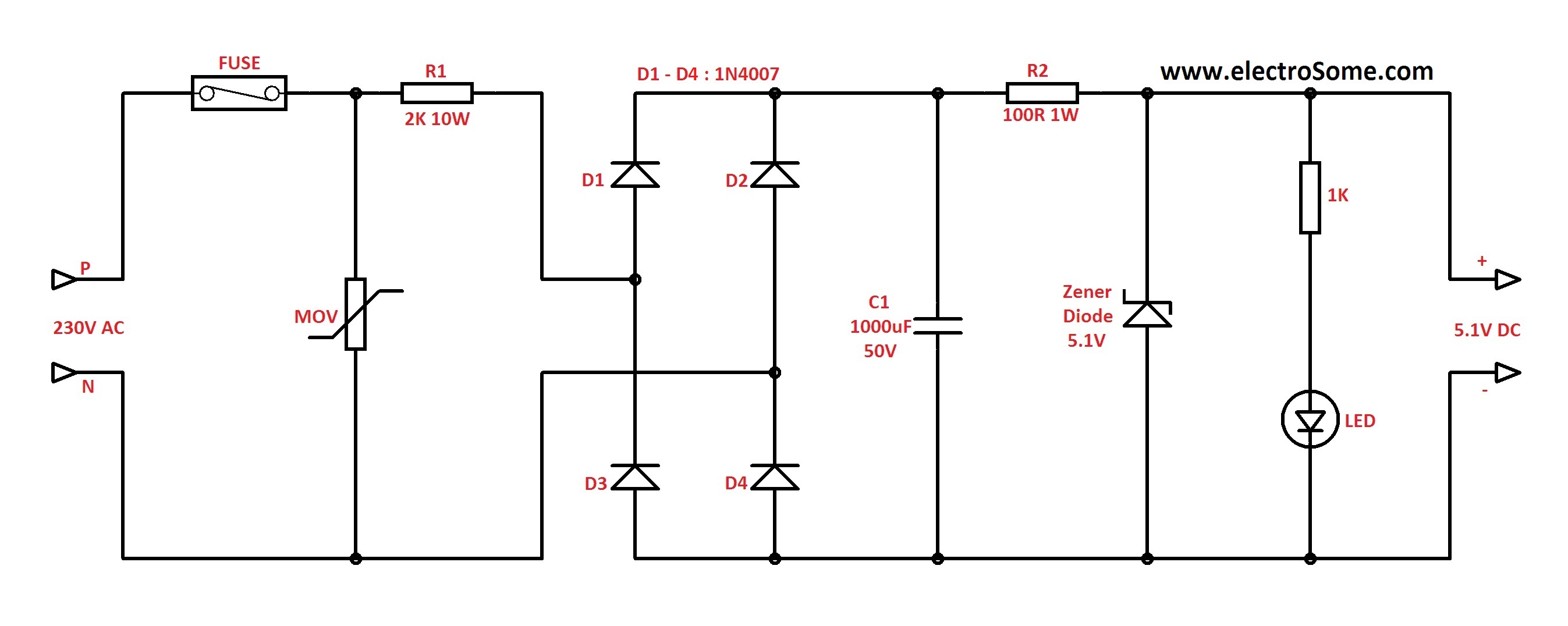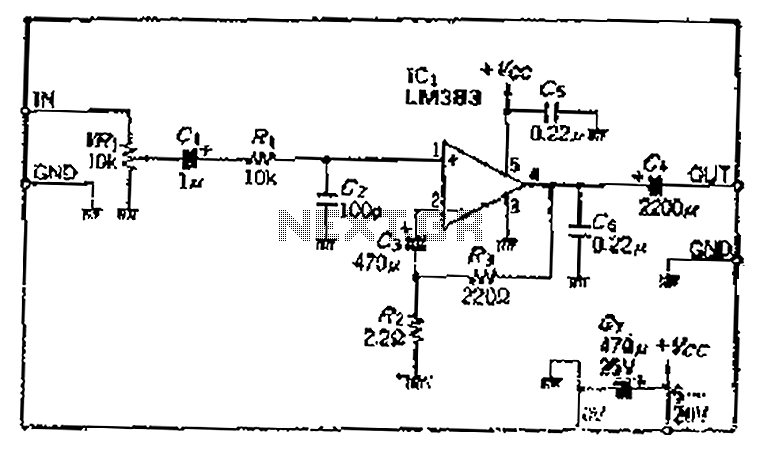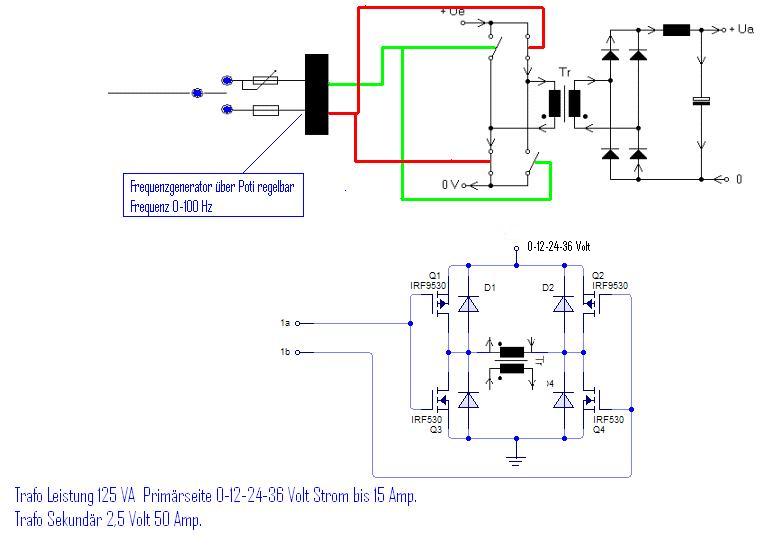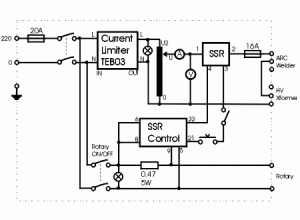
transformerless low cost power supply

In Capacitor Power Supplies, a Voltage Dropping Capacitor is used in series with the phase line. Ordinary capacitors are unsuitable for these applications because mains spikes can create holes in the dielectric of standard capacitors, leading to failure. This failure can result in excessive current from the mains, potentially damaging the device. Therefore, X Rated Capacitors, which are rated for 250, 400, 600 V AC, and higher, are employed. The reactance of the voltage dropping capacitor must exceed the load resistance to maintain a constant current through the load. The reactance (X) can be calculated using the formula X = 1/(2πfC), where f is the frequency and C is the capacitance. For instance, a 0.22 µF capacitor has a reactance of approximately 14.4 kΩ at a mains frequency of 50 Hz. The maximum current can be estimated by dividing the mains voltage by the reactance of the capacitor, given that the load resistance is minimal. A 1A fuse may be utilized to prevent damage due to short circuits, and a Metal Oxide Varistor (MOV) can be connected to mitigate issues from voltage transients. The resistor R1 limits the high current that may occur during power-on. Capacitor C1, rated at 225K (2.2 µF), serves as the Voltage Dropping Capacitor, while a bleeder resistor is connected in parallel to discharge the capacitor when the supply is turned off. Diodes D1 to D4 are configured as a Bridge Rectifier, and capacitor C2 filters the pulsating DC output. A Zener Diode is used to regulate the filtered DC voltage, with resistor R3 limiting the current through the Zener Diode. The Resistive Transformer Less Power Supply operates similarly to the Capacitor Power Supply, but instead of using reactance, it employs resistance to limit current, dissipating excess energy as heat across the Voltage Dropping Resistor. Careful selection of the Voltage Dropping Resistor is essential, as excess power is dissipated across it. Power can be calculated using the formula P = VI. Caution is advised when constructing and testing this circuit due to the presence of mains potential. It is crucial not to touch any part of the circuit, and after assembly, the circuit should be enclosed in a metal casing with proper grounding to prevent shock hazards.
In a typical Capacitor Power Supply circuit, the design begins with the integration of an X Rated Capacitor (C1) in series with the AC mains line. This capacitor is specifically chosen to withstand high voltage spikes, ensuring reliability and safety. The reactance of this capacitor plays a vital role in determining the current flowing through the load. It is essential that the reactance is greater than the load resistance to maintain a stable current output.
When calculating the reactance, the frequency of the AC mains (usually 50 or 60 Hz) and the capacitance value are used in the formula provided. This allows for precise control over the expected current. For instance, with a 0.22 µF capacitor, the reactance is calculated to be approximately 14.4 kΩ, which would allow for a maximum current based on the mains voltage divided by this reactance.
The inclusion of a fuse (1A) serves as a protective measure against potential short circuits, while the MOV provides an additional layer of protection against transient voltage spikes that could damage other components in the circuit. The resistor R1 is strategically placed to limit inrush current during the initial power-up phase, preventing damage to the circuit components.
Following the capacitor, a bridge rectifier configuration using diodes (D1 to D4) converts the AC voltage to pulsating DC. Capacitor C2 acts as a filter to smooth out the rectified output, reducing ripple voltage. The Zener diode serves to regulate the output voltage to a specific level, ensuring that the connected load receives a stable DC voltage. Resistor R3 is employed to protect the Zener diode from excessive current, enhancing the reliability of the voltage regulation.
In the alternative design of a Resistive Transformer Less Power Supply, the circuit utilizes a resistive element to limit current instead of a capacitive reactance. This approach results in energy dissipation as heat, necessitating careful selection of resistor values to manage power loss effectively. The power dissipated across the resistor can be calculated, ensuring that the resistor is rated appropriately to handle the thermal load.
Safety precautions are paramount when working with these circuits. It is essential to avoid contact with any live circuit points and to ensure that the final assembly is housed in a properly grounded metal enclosure to mitigate shock hazards.In Capacitor Power Supplies we use a Voltage Dropping Capacitor in series with the phase line. An ordinary capacitor should not be used in these applications because Mains Spikes may create holes in dielectric of ordinary capacitors and the capacitor will fail to work. This may destroy the device by rushing current from the mains. Thus we use X Rated Capacitor with required voltage is used for this task. X Rated Capacitors rated for 250, 400, 600 V AC and higher are available. Reactance of the voltage dropping capacitor should be greater than the load resistance to keep constant current through the load. Where f is the frequency and C is the Capacitance. Thus a 0. 22G F capacitor has reactance of 14. 4KG © on mains frequency (50Hz). The approximate value of maximum current can be find out by dividing mains voltage byG‚reactanceG‚of the capacitor (since load resistance is small).
As shown 1A fuse may be used to avoid damages due to short circuit and a MOV ( Metal Oxide Varistor ) also may be connected as shown above to avoid problems due to voltage transients. The resistor R1 is used to limit the high current that may occur during power on. Capacitor C1 225K (2. 2G F) is used as the Voltage Dropping Capacitor. A Bleeder resistor is connected parallel to it for discharging the capacitor when the supply is switched off.
G‚Diodes D1 D4 is wired as Bridge Rectifier and the capacitor C2 is used to filter the pulsating DC. Zener Diode is used to regulate the filtered DC or you can use IC Voltage Regulator for better results. Resistor R3 is used to limit the current through the Zener Diode. Resistive Transformer Less Power Supply is similar to Capacitor Power Supply except that instead of Reactance it uses resistance to limit current.
Thus here excess energy is dissipated as heat across the Voltage Dropping Resistor. Care should be taken while selecting Voltage Dropping Resistor since the excess power is dissipated across it. Calculate power by multiplying Voltage and Current. P = VIG‚ Don`t Try this circuit if you don`t have much experience with electronics. Care should be taken while testing or using this circuit. Don`t touch at any points of the circuit since some points of this circuit is at Mains Potential. After constructing and testing enclose the circuit in a metal casing without touching PCB andG‚metal-case.
The metal case should be properly earthed to avoid shock hazards. G‚ 🔗 External reference
In a typical Capacitor Power Supply circuit, the design begins with the integration of an X Rated Capacitor (C1) in series with the AC mains line. This capacitor is specifically chosen to withstand high voltage spikes, ensuring reliability and safety. The reactance of this capacitor plays a vital role in determining the current flowing through the load. It is essential that the reactance is greater than the load resistance to maintain a stable current output.
When calculating the reactance, the frequency of the AC mains (usually 50 or 60 Hz) and the capacitance value are used in the formula provided. This allows for precise control over the expected current. For instance, with a 0.22 µF capacitor, the reactance is calculated to be approximately 14.4 kΩ, which would allow for a maximum current based on the mains voltage divided by this reactance.
The inclusion of a fuse (1A) serves as a protective measure against potential short circuits, while the MOV provides an additional layer of protection against transient voltage spikes that could damage other components in the circuit. The resistor R1 is strategically placed to limit inrush current during the initial power-up phase, preventing damage to the circuit components.
Following the capacitor, a bridge rectifier configuration using diodes (D1 to D4) converts the AC voltage to pulsating DC. Capacitor C2 acts as a filter to smooth out the rectified output, reducing ripple voltage. The Zener diode serves to regulate the output voltage to a specific level, ensuring that the connected load receives a stable DC voltage. Resistor R3 is employed to protect the Zener diode from excessive current, enhancing the reliability of the voltage regulation.
In the alternative design of a Resistive Transformer Less Power Supply, the circuit utilizes a resistive element to limit current instead of a capacitive reactance. This approach results in energy dissipation as heat, necessitating careful selection of resistor values to manage power loss effectively. The power dissipated across the resistor can be calculated, ensuring that the resistor is rated appropriately to handle the thermal load.
Safety precautions are paramount when working with these circuits. It is essential to avoid contact with any live circuit points and to ensure that the final assembly is housed in a properly grounded metal enclosure to mitigate shock hazards.In Capacitor Power Supplies we use a Voltage Dropping Capacitor in series with the phase line. An ordinary capacitor should not be used in these applications because Mains Spikes may create holes in dielectric of ordinary capacitors and the capacitor will fail to work. This may destroy the device by rushing current from the mains. Thus we use X Rated Capacitor with required voltage is used for this task. X Rated Capacitors rated for 250, 400, 600 V AC and higher are available. Reactance of the voltage dropping capacitor should be greater than the load resistance to keep constant current through the load. Where f is the frequency and C is the Capacitance. Thus a 0. 22G F capacitor has reactance of 14. 4KG © on mains frequency (50Hz). The approximate value of maximum current can be find out by dividing mains voltage byG‚reactanceG‚of the capacitor (since load resistance is small).
As shown 1A fuse may be used to avoid damages due to short circuit and a MOV ( Metal Oxide Varistor ) also may be connected as shown above to avoid problems due to voltage transients. The resistor R1 is used to limit the high current that may occur during power on. Capacitor C1 225K (2. 2G F) is used as the Voltage Dropping Capacitor. A Bleeder resistor is connected parallel to it for discharging the capacitor when the supply is switched off.
G‚Diodes D1 D4 is wired as Bridge Rectifier and the capacitor C2 is used to filter the pulsating DC. Zener Diode is used to regulate the filtered DC or you can use IC Voltage Regulator for better results. Resistor R3 is used to limit the current through the Zener Diode. Resistive Transformer Less Power Supply is similar to Capacitor Power Supply except that instead of Reactance it uses resistance to limit current.
Thus here excess energy is dissipated as heat across the Voltage Dropping Resistor. Care should be taken while selecting Voltage Dropping Resistor since the excess power is dissipated across it. Calculate power by multiplying Voltage and Current. P = VIG‚ Don`t Try this circuit if you don`t have much experience with electronics. Care should be taken while testing or using this circuit. Don`t touch at any points of the circuit since some points of this circuit is at Mains Potential. After constructing and testing enclose the circuit in a metal casing without touching PCB andG‚metal-case.
The metal case should be properly earthed to avoid shock hazards. G‚ 🔗 External reference





